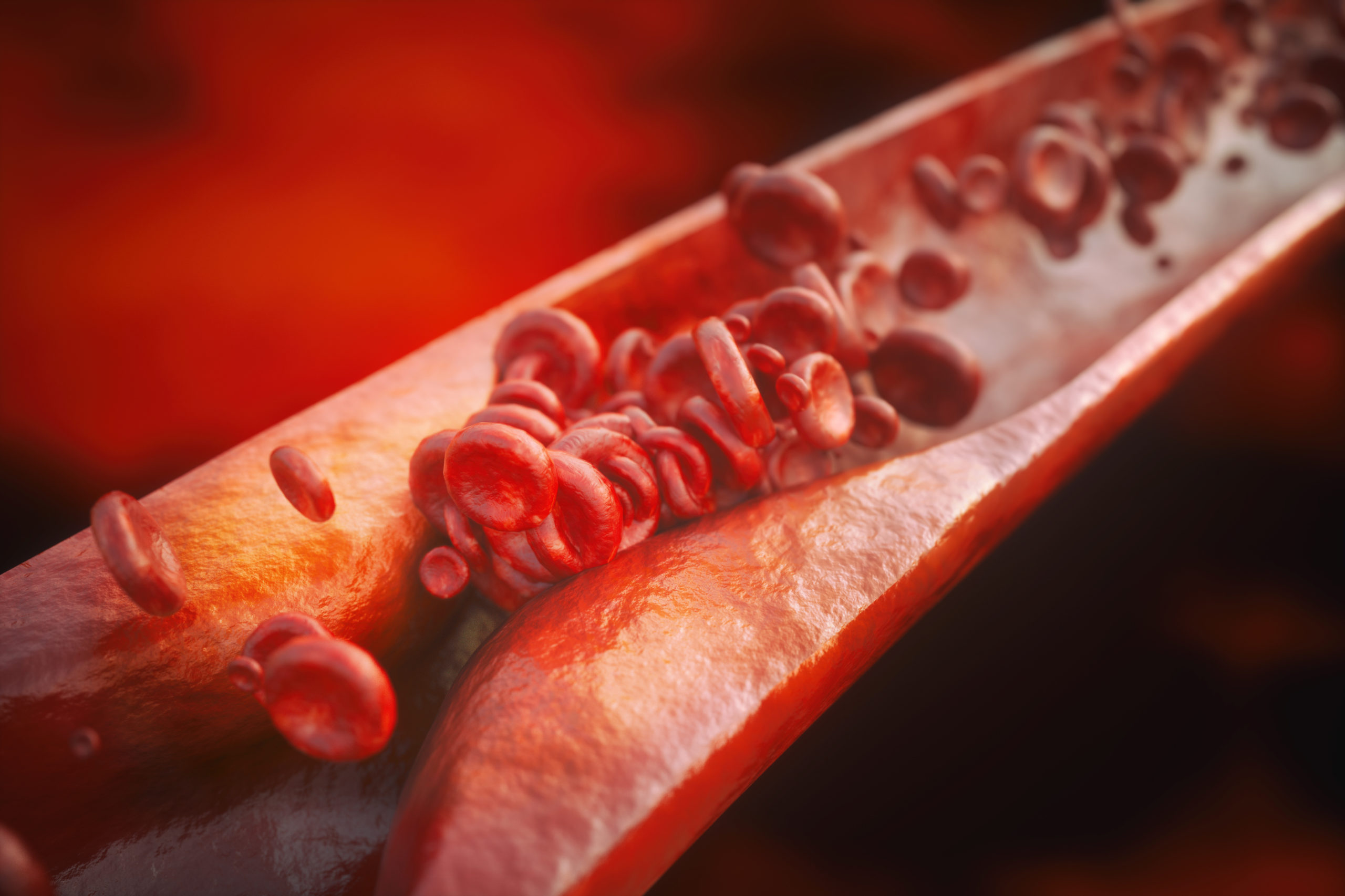
Fibromyalgia is a real pain
June 20th, 2023The exact cause of the long-term, incurable and painful condition of Fibromyalgia is unknown. The invisible, debilitating and life-altering condition can cause widespread pain in muscles and joints. In a recent study, experts looked at the structure of the brain, specifically the volume of grey and white matter.
Could Fibromyalgia (FM) become curable?
Not many studies have looked at the structural changes in the brain of those suffering from the condition. In the latest study, the research team was led by Professor Martin Diers and the study’s author was Benjamin Mosch a PhD candidate at the university Bochum in Germany.
The team compared the amount of grey and white matter in the brain of 23 FM sufferers and 21 healthy people.
Experts used MRI (magnetic resonance imaging) data to explore the brain regions involved in pain processing.
Grey and white matter in the brain send signals that travel through the central nervous system.
The study showed a reduced grey matter volume in the pain-processing areas of the 23 FM patients.
Therefore, as the grey matter decreases, it has a negative impact on the brain. Not only is that associated with FM but also other neurological conditions such as Alzheimer’s disease and Parkinson’s.
Grey matter can increase and decrease which explains why FM can go in phases, good days – bad days.
The author of the study, Benjamin Mosch, concluded, “This (the data they collected) indicates that changes in the brain may not be permanent, but that they can be influenced, in other words, they might be reversible, for example through an active everyday life.”
Read the full study here: https://arthritis-research.biomedcentral.com/articles/10.1186/s13075-023-03064-0
The brain is complex but with the information from the study, it’s clear to see that experts have a much better understanding of FM. Could it lead to a cure? More in depth tests are needed but what is obvious is lifestyle changes can make a big difference to pain management.
How can you increase the volume of grey matter in the brain?
- Electroconvulsive Therapy (ECT). This stimulates the neuroplastic effects on grey matter
- Meditation and mindfulness
- Physical activity including aerobic exercise
- Problem-solving and creativity
- Maintain a good sleeping pattern
- Eating a healthy diet and vitamins
- Avoiding mind-altering substances and alcohol
What are the symptoms of Fibromyalgia?
- Increased sensitivity to pain
- Muscle and joint stiffness
- Difficulty getting to sleep, inability to stay asleep, sleep apnea
- Headaches, dizziness and extreme fatigue
- Mental fog (Fibro-fog), difficulty concentrating and word mix up
- IBS (Irritable Bowel Symptoms)
Any of those symptoms can result in worry, frustration, low mood and nervousness. Like all long-term, incurable conditions, the goal is to make life as easy as possible to live with. Who knows what the future brings but where there’s research there’s hope.
Fibromyalgia facts
Fibromyalgia is more common in women than men. It commonly develops between the ages of 25-55. However, children and the elderly can also suffer from it. It is estimated that 5 million in the USA and 3 million people in the UK have the condition. It is also known as Fibromyalgia Syndrome (FMS).
Whilst the exact cause of Fibromyalgia is unknown many factors can be linked to the profound condition:
- Abnormal levels of chemicals in the nervous system
- A threefold increase in the neurotransmitter substance P, found in spinal fluid and which transmits pain signals
- Deep restoring sleep deficiency
- A result of the physical and emotional response to an accident, injury, virus, operation or childbirth
- Weather conditions
The diagnosis of FM
The diagnosis of Fibromyalgia is challenging because the symptoms are relatable to many other conditions.
In the past, testing of 18 parts of the body was done to see what the painful response there was when a specific area was pressed.
Now, the pain experienced has to be widespread for at least 3 months for the condition to be diagnosed.
Pain also has to be experienced in at least 4 of these particular areas of the body:
- The left upper body including the shoulder, arms and jaw
- The right upper body including the shoulder, arms and jaw
- The left lower body including the hip, buttocks and legs
- The right lower body including the hip, buttocks and legs
- The axial including the neck, back, chest and abdomen
As part of the diagnosis and for the process of elimination, tests would also include some of the following:
- Blood tests
- Erythrocyte sedimentation rate
- Cyclic citrullinated peptide test
- Rheumatoid factor test
- Thyroid test
- Celiac serology test
- Vitamin D levels test
- An overnight sleep test
There are lots of options to help make the condition easier to live with including:
- Self-care and lifestyle changes
- Acceptance and commitment therapy (ACT)
- Cognitive behavioural therapy (CBT)
- Physio or occupational therapy
- Stress and anxiety management
- Counselling or support groups
- Exercise
- Relaxation, yoga or Tai Chi
- Acupuncture
- Massage
- Pain relief medication
- Anti depression medication
- Anti-seizure medication
- Diet and hydration
- A good sleeping routine
FM is normally diagnosed and treated by a rheumatologist and other medical specialists.
For further help we recommend visiting the following websites:
National Fibromyalgia Association (NFA) : https://www.fmaware.org/
Fibro Action UK : https://www.fmauk.org/
World Fibromyalgia Day is celebrated on the 12th of May. : https://www.awarenessdays.com/awareness-days-calendar/world-fibromyalgia-awareness-day-2023/
For natural pain relief, a product you need to try is DiscomfortReliefPro™ which contains the ingredient PEA (Palmitoylethanolamide)
PEA is a chemical produced in the body from fats. It has been studied extensively over the years, with over 500 clinical studies being conducted on how it works to reduce both neuropathic and chronic pain, as well as improving chronic inflammation, including when caused by flus and colds.
Palmitoylethanolamide (PEA) 400mg can be used for chronic (long term/ongoing) pain conditions such as:
- Migraines
- Prostate problems
- Fibromyalgia
- Prostate disorders and diseases
- Lower back pain
- Arthrosis
- Whiplash
- Neck pain
- Endometriosis
Palmitoylethanolamide (PEA) 400mg can be used for neuropathic pain (pain in any level of the nervous system) conditions such as:
- Nerve entrapment syndromes such as carpal tunnel syndrome (CTS) or cubital tunnel syndrome.
- MS
- Singles
- Hernias
- Pain from cancer treatment such as chemotherapy or radiation
- Type 1 & 2 Diabetes pain
- Neuralgic pain
- ALS pain
Palmitoylethanolamide (PEA) 400mg can be used for chronic inflammation caused by conditions such as:
- Metabolic syndrome (a combination of high blood pressure, obesity and diabetes)
- Bladder pain syndrome (aka interstitial cystitis)
- Arthritis
- Prostatitis (inflammation in the prostate gland)
- Vaginitis, vulvodynia, vestibulitis
- IBS
Available to buy here: https://profound-health.com/product/discomfortreliefpro-palmitoylethanolamide-pea/
References
- https://www.technologynetworks.com/neuroscience/articles/gray-matter-vs-white-matter-322973#:~:text=Gray%20matter%20is%20made%20up,cortex%20is%20mainly%20grey%20matter.
- https://arthritis-research.biomedcentral.com/articles/10.1186/s13075-023-03064-0
- https://www.simplypsychology.org/what-is-grey-matter-in-the-brain.html
- https://arthritis-research.biomedcentral.com/articles/10.1186/s13075-023-03064-0
- https://www.simplypsychology.org/what-is-grey-matter-in-the-brain.html








